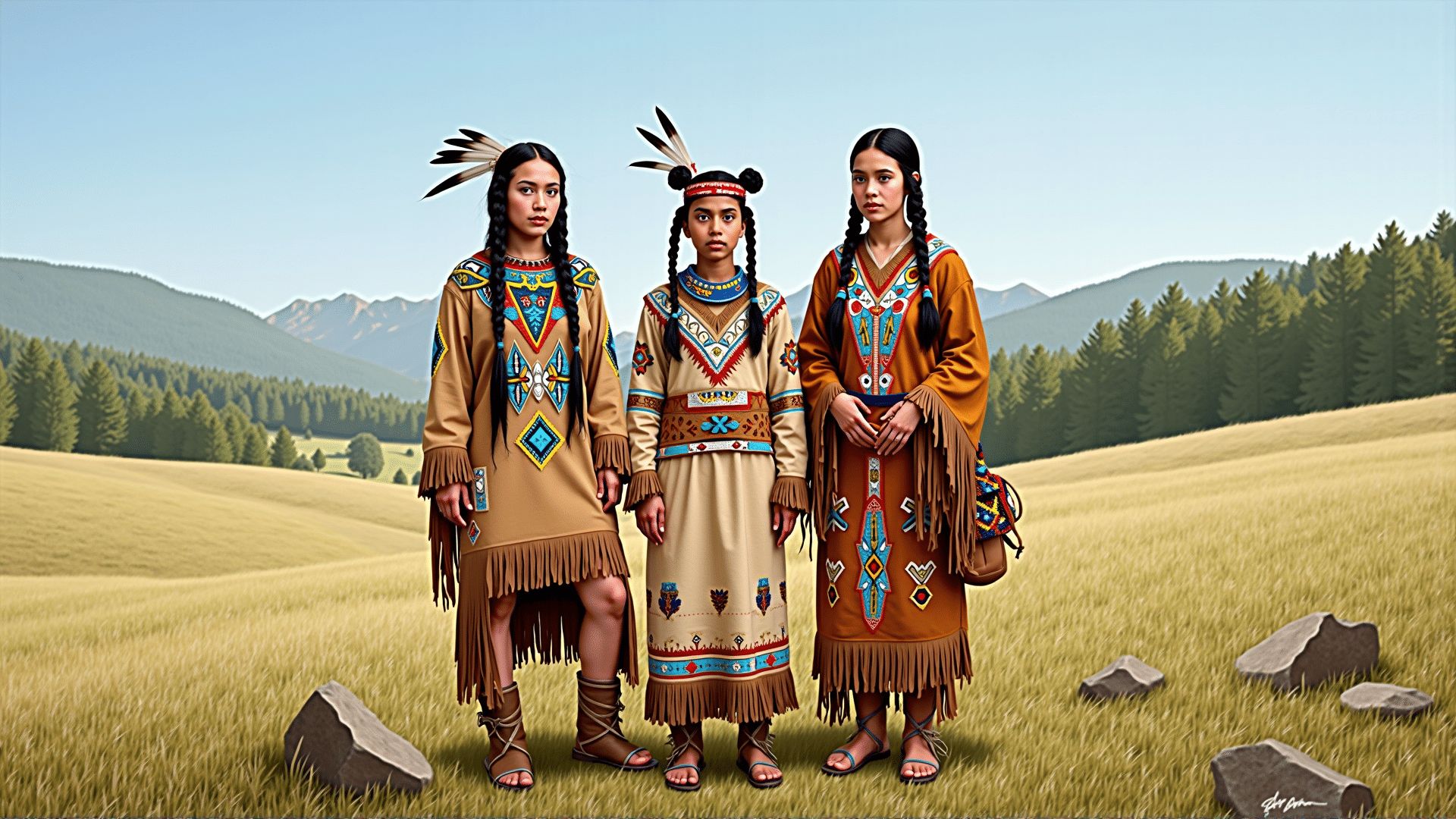In exploring the rich tapestry of cultural heritage among Native American tribes, one discovers a deep connection to the natural world, reflected vividly in their attire. For many tribes, garments served not only practical purposes but also conveyed profound symbolic meanings, deeply intertwined with their unique cosmologies and ways of life.
Historically, Native American communities harnessed the abundance of their environments to create their attire. This often meant utilizing materials readily available in their surroundings, including animal hides, plants, and minerals. For instance, tribes in the Great Plains, like the Lakota and Cheyenne, were adept at crafting garments from buffalo hides. These hides were tanned to create soft leather which could withstand harsh climates, ensuring protection and mobility during their journeys across the plains.
In the forests of the Northeast, tribes such as the Iroquois utilized deerskin, known for its flexibility and durability. The tanning process, typically involving brain-tanning—a method using fatty acids from an animal's brain—rendered the hides supple and suitable for wear. Such garments were often decorated with intricate beadwork or quill embroidery, serving both to embellish the clothing and to convey social status, clan identity, or spiritual beliefs.
Similarly, the rich ecosystems of the Pacific Northwest provided tribes like the Tlingit and Haida with cedar bark and mountain goat wool to craft their attire. These materials were used to weave complex textiles that were not only functional against the damp, chilly climate but also symbolically powerful, embodying totemic designs that represented familial or tribal tales and spiritual entities.
Natural dyes played a crucial role in these traditional garments, transforming them into vibrant canvases of cultural expression. Tribes across different regions used plants and minerals to create a spectrum of colors: reds from sumac berries, yellows from goldenrod, and deep blues from indigo. Each hue could embody specific meanings, transcending mere decoration to become a communicator of cultural stories and values.
Functionality remained at the heart of Native American attire design, addressing the demands of daily life and ceremonial needs. Yet, the significance extended beyond utility. Clothing was a canvas for storytelling, a declaration of identity and an expression of the tribe’s spiritual beliefs and connection to the natural world. Countless tribes saw these garments as sacred, often integrating symbols intended to protect the wearer or to honor spiritual traditions and ancestors.
Today, there is a conscious resurgence among Indigenous artisans and communities to revive these traditional techniques and storytelling methods, preserving them for future generations. This revival is not merely about the aesthetics of attire but encompasses a broader cultural renaissance that celebrates and reaffirms Indigenous identity and connection to ancestral lands.
The legacy of Native American attire is one of profound ingenuity and deep spiritual resonance, serving as a timeless reflection of a rich cultural heritage that continues to inspire and teach invaluable lessons about living harmoniously with nature.
